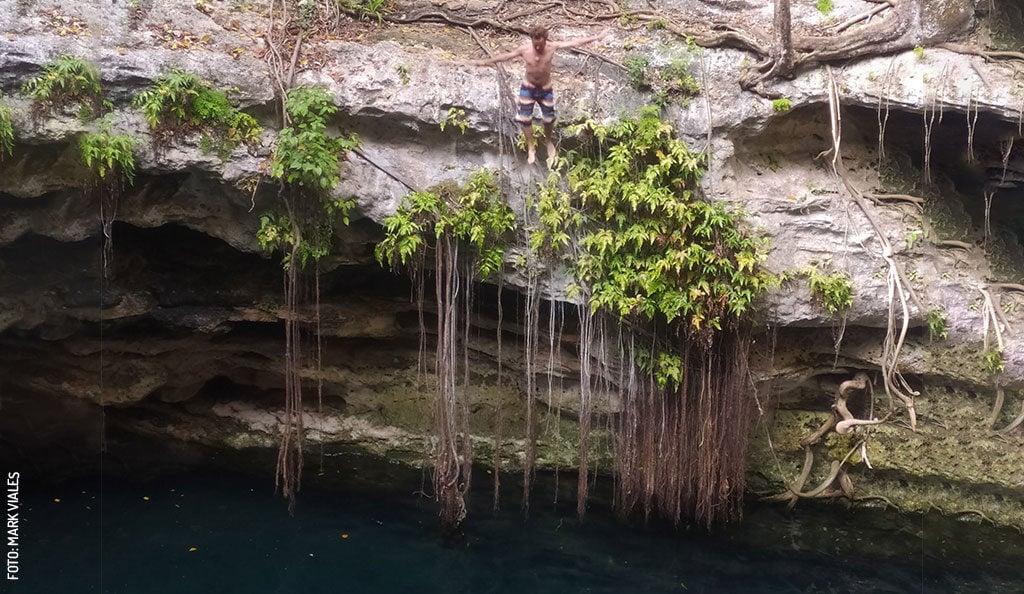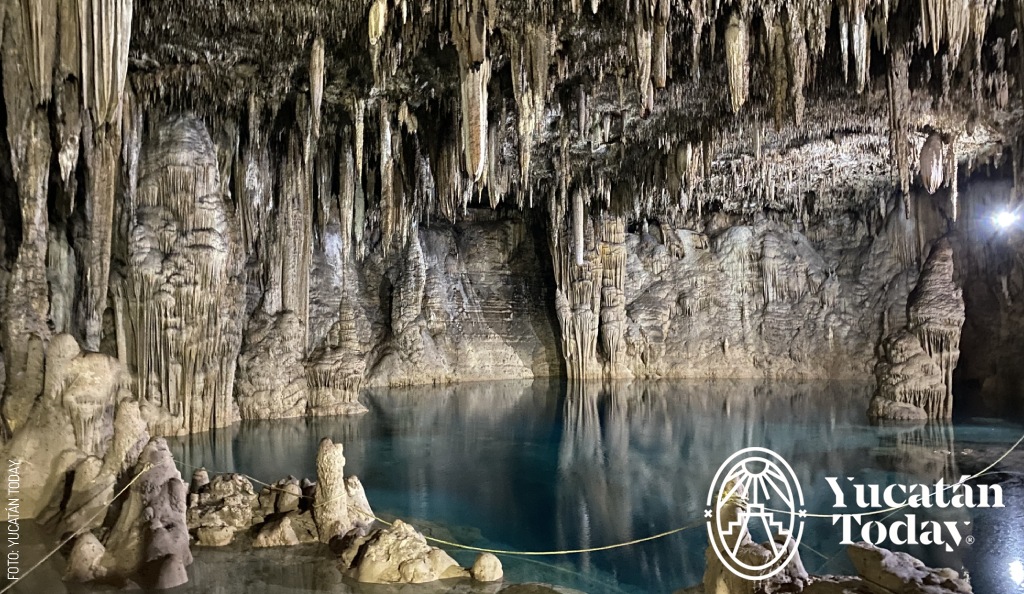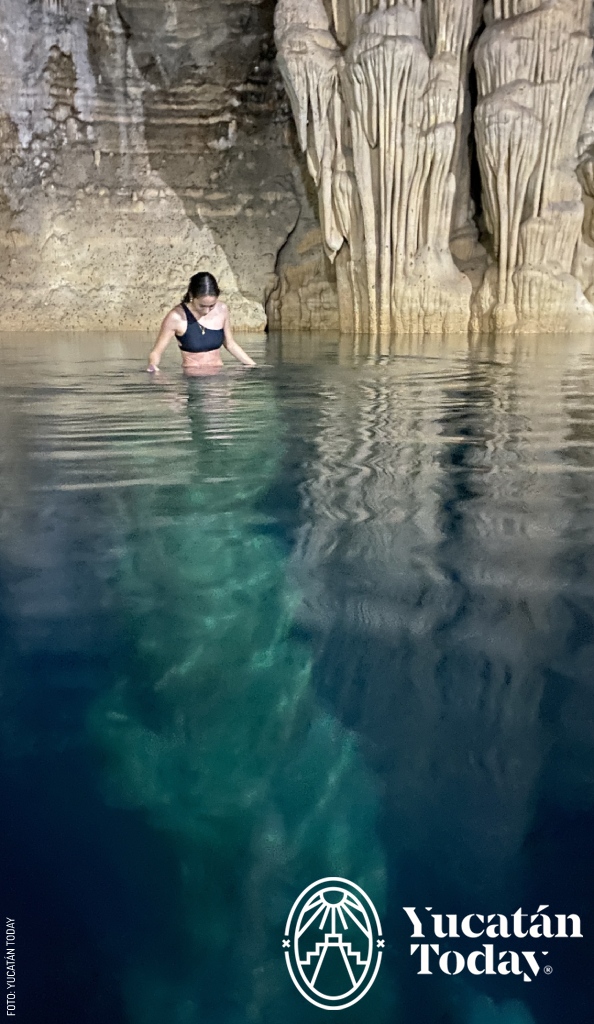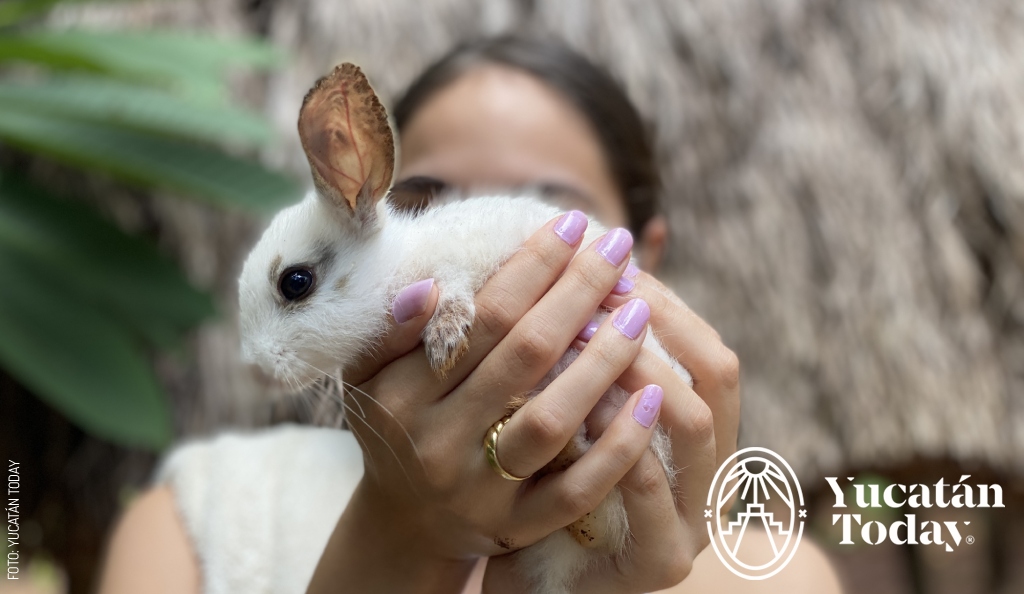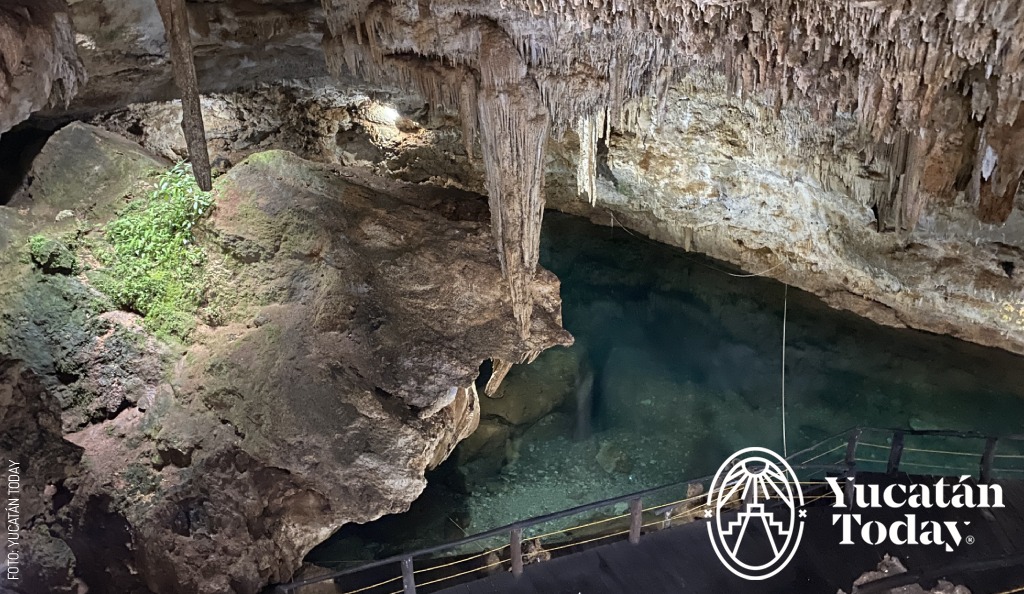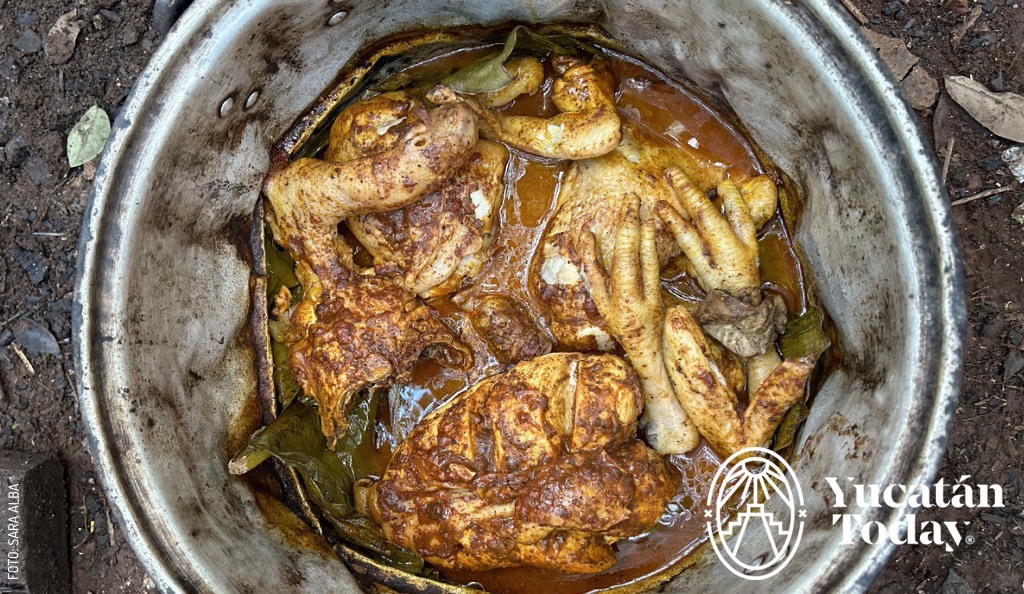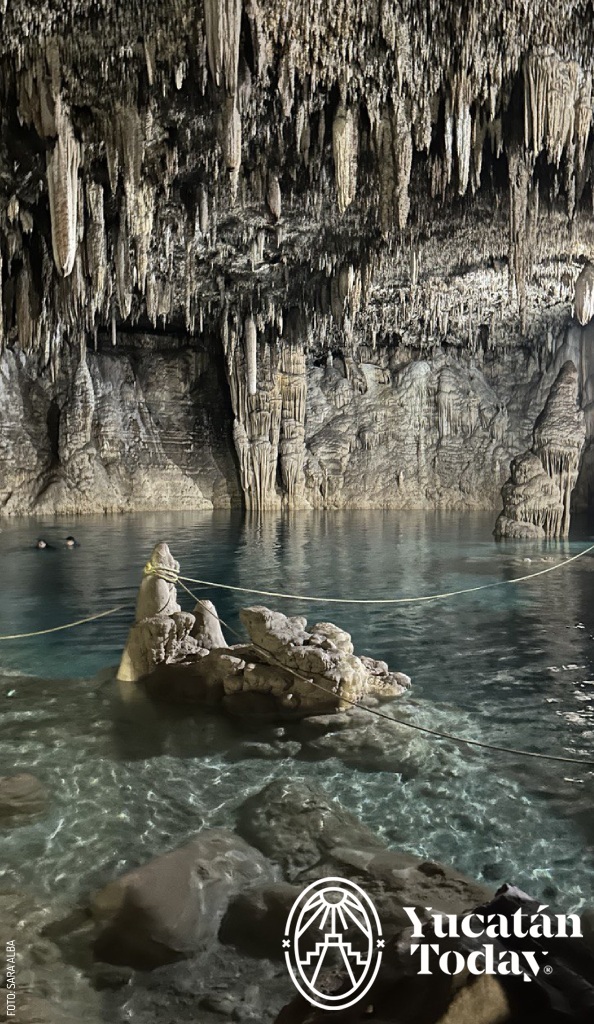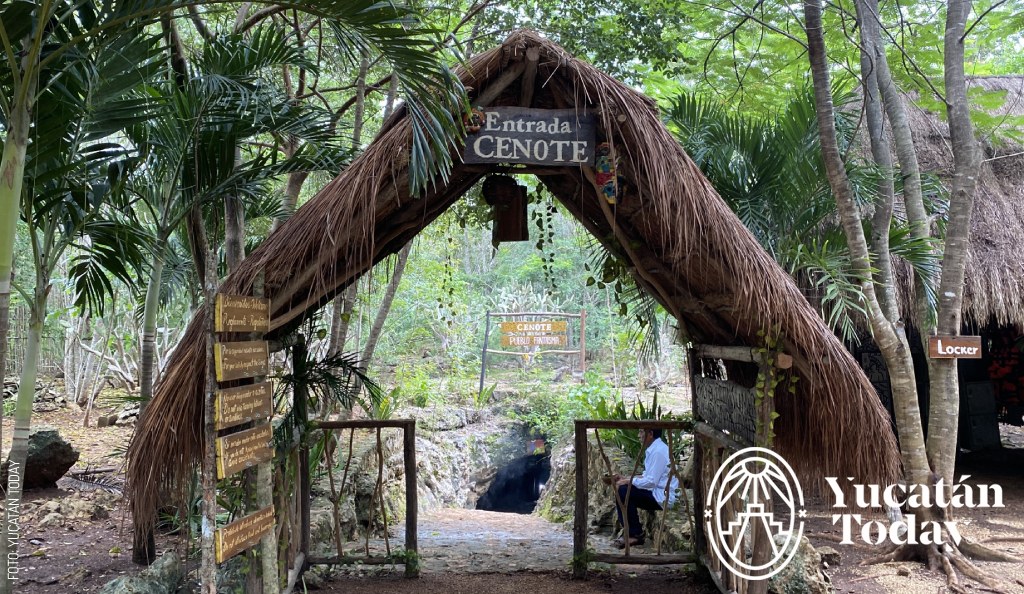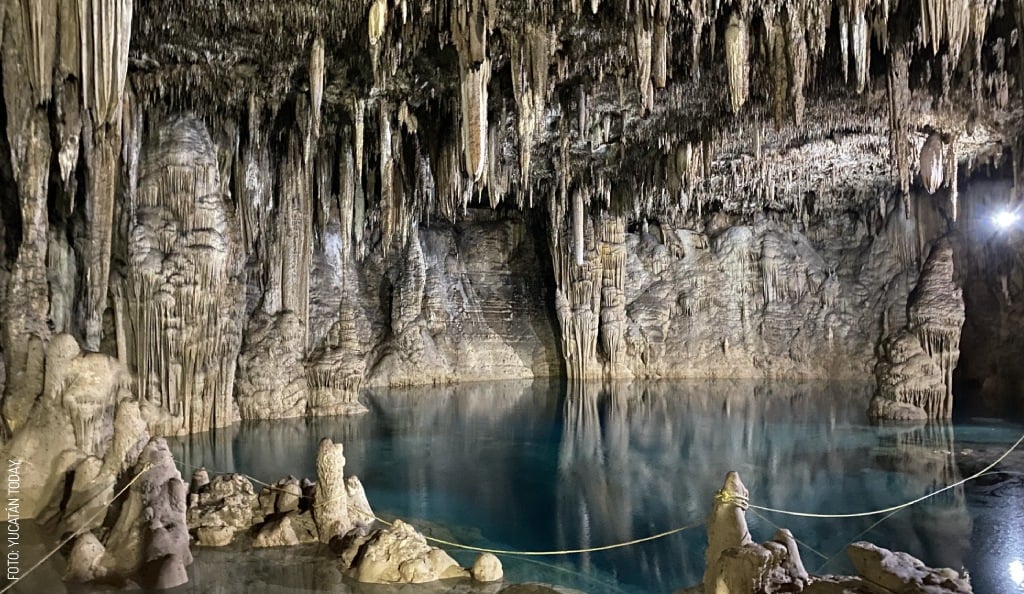
Treasure Along the Way: Cenotes Choj Ha and Pueblo Fantasma
One of the things I most enjoy doing when I’m out on a road trip is coming across those hole-in-the-wall places I wasn’t planning on visiting; places where, for whatever reason, I stopped and wound up finding treasure hidden in plain sight. Today I’m giving you the opportunity to cheat a little, and get to know two of these in advance so you can take your family and maybe make them believe you just happened to come across them.
Your destination awaits on the (Libre) highway that connects Valladolid with Cancún, almost as far east as you can get without leaving Yucatán. Between the villages of Chemax and X-Can you’ll find two of the two most naturally kept cenotes I’ve ever visited. They’re both managed by co-ops (that is, they belong to a collective of locals) and closely guarded by their members: cenote Choj Ha (until recently, also known as “La Catedral de las Maravillas” or the Cathedral of Wonders), and Cenote Pueblo Fantasma (Ghost Town cenote).
Cenote Choj Ha
As soon as you walk in, you’ll know why this place was known as the “Cathedral of Wonders.” Before you visit, I strongly suggest you brush up on everything you know (or find out) about the formation of stalactites and stalagmites (here’s one: they grow less than 4 inches in 10,000 years). If you’re traveling with kids, this is a unique opportunity to show them geology in action; if you’re not, you can still impress the rest of your party with your knowledge.
Who is cenote Choj Ha for
If you’re all about admiring the wonders of nature and deep-blue water is your siren song, it’s hard to put into words how much you’ll enjoy it.
Instead, let me tell you who isn’t going to enjoy cenote Choj Ha: people uncomfortable with swimming (away from the huge stalactite, stalagmite, and column systems, cenote Choj Ha is about 50 to 60 ft deep); people uncomfortable in enclosed spaces (Choj Ha is spacious, like a cathedral, but it’s still a cave cenote); and people who prefer less natural, more intervened cenotes, with jumping platforms and colored lights.
Getting to cenote Choj Ha
Cenote Choj Ha is about 700 m (roughly half a mile) south of the highway. You’ll see (handmade) road signs pointing to it, and the path, though unpaved, is in very good condition, thanks to the efforts of the same co-op members. There are changing areas and showers (mandatory before going into the cenote), as well as life jackets in case you don’t have yours.
Cenote Pueblo Fantasma, more than a cenote
The Cenote Pueblo Fantasma experience
Cenote Pueblo Fantasma is a little further away from the highway; to get there you’ll have to take a 10-kilometer detour north from the village of X-Catzín. Once there, you’ll be greeted by a large palapa with several mural paintings, almost like an otherworldly portal. First you’ll be taken to the orchard, from where the community takes the ingredients used to make the meals at the small restaurant, where some typical regional dishes are served. If you’re traveling with kids (or are an animal lover), don’t miss out on the chance to visit the bunnies; they might let you pet one (and worry not, they’re pets, not protein).
Your visit to Cenote Pueblo Fantasma also includes a demonstration of tortilla-making by hand; with some luck, you might get to try some snacks, such as Sikil P’aak (made with pepita and tomato) or Chayitas (made with masa and chaya leaves). You’ll also get to try honey from the Melipona (stingless) bees they keep in the area.
The Cenote at Cenote Pueblo Fantasma
Just like Choj Ha, the cenote at Pueblo Fantasma is pristine, almost fully covered, with a huge vault and one feature that makes it seem otherworldly: part of the geological formation structure inside the cave collapsed thousands of years ago, forming a colossal mass of stalactites laid out diagonally. It’s truly one of those things you have to see to believe.
Eating at Cenote Pueblo Fantasma
As mentioned above, Cenote Pueblo Fantasma has a little restaurant with a limited menu, available should you drop by unannounced. However, advance booking gives you the opportunity to request a “buried” meal (made in a traditional underground oven called “Píib”), whether Cochinita or Pollo Pibil, and participate in its unearthing. If you do call ahead (and are into the idea), make sure to ask about the availability of Don Julio Caamal, a J-meen (Maya priest) from a nearby community, who, upon request, will welcome you with a short Maya ceremony.
Before going in the cenote
A special precaution that the co-ops behind these two cenotes take to keep their water clean is that it is absolutely mandatory to shower before entering the caves. This allows them to keep the cenotes free of chemicals found in sunscreens, insect repellents, lotions, deodorants, etc., but also helps you prepare for how cold the water will be once you dive in.
Once inside, what seems to be an oily film on the water’s surface might catch your eye; cenote Choj Ha’s Don Ricardo explained that it’s the minerals in the water, which happen to be great for your skin. You might also see some brown pellets, about the size of a large grape, floating around, and may be horrified, but those are just seeds from the local West Indian elms ( Guazuma ulmifolia ), which birds visiting the cenote drop, and keepers leave there as fish food.
What to bring when you visit a cenote
While both cenotes offer life jackets in several sizes, if you and your family have your own, you’ll probably find them more comfortable. Snorkeling gear or just goggles will make your visit all the richer, as you’ll be able to look at the bases of some of the stalagmites around you. An underwater lamp might also be useful, whether to explore or to give you an idea of how deep the cenote is.
What you’ll definitely need is, of course, your bathing suit and, if you’d like, a change of clothes. I always recommend bringing along quick-dry towels or, even better, the chamois ones swimmers use.
Cenote Choj Ha and Cenote Pueblo Fantasma prices
Admission fees to cenote Choj Ha and Cenote Pueblo Fantasma ranges between $100 and $150 pesos; if you call ahead to reserve the tour that includes the Píib meal, the fee will be around $400 pesos per person.
How to get to Cenote Choj Ha and Cenote Pueblo Fantasma
The village of X-Catzín, the middle point between both places, is 38 km (approximately 40 minutes by car) east of Valladolid.
Cenote Choj Ha location: https://maps.app.goo.gl/eXaXkAMtQcADjKgo6
Cenote Pueblo Fantasma location: https://maps.app.goo.gl/mtDwHZy9GcVnmAxSA
There you have it. With friends, family, or even on your own, any of these two destinations is well worth a stop along the way. But even if you make the trip just for them, I’m sure you won’t regret it.
Photography by Sara Alba, and Yucatán Today for use in Yucatán Today.
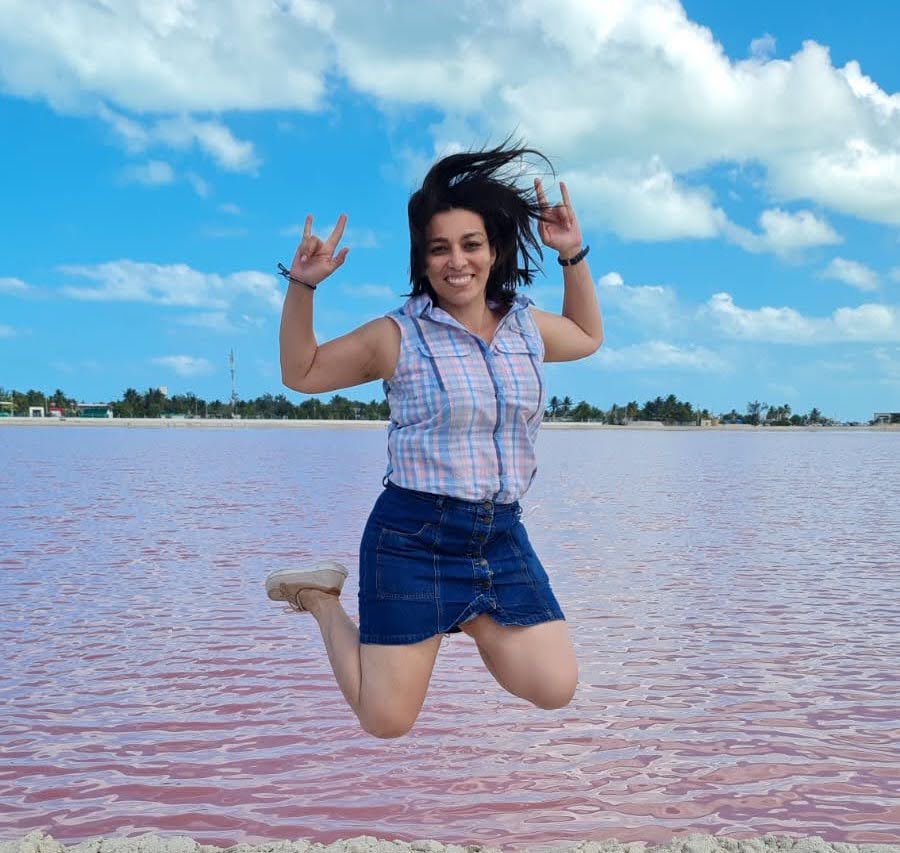
Author: Alicia Navarrete Alonso
As a kid I heard that there's more to see than can ever be seen and more to do than can ever be done, so I set out to try. I'm passionate about knowledge and I love to share whatever my own is.
Receive the latest articles and much more from the best of Yucatán in your email!
Related articles
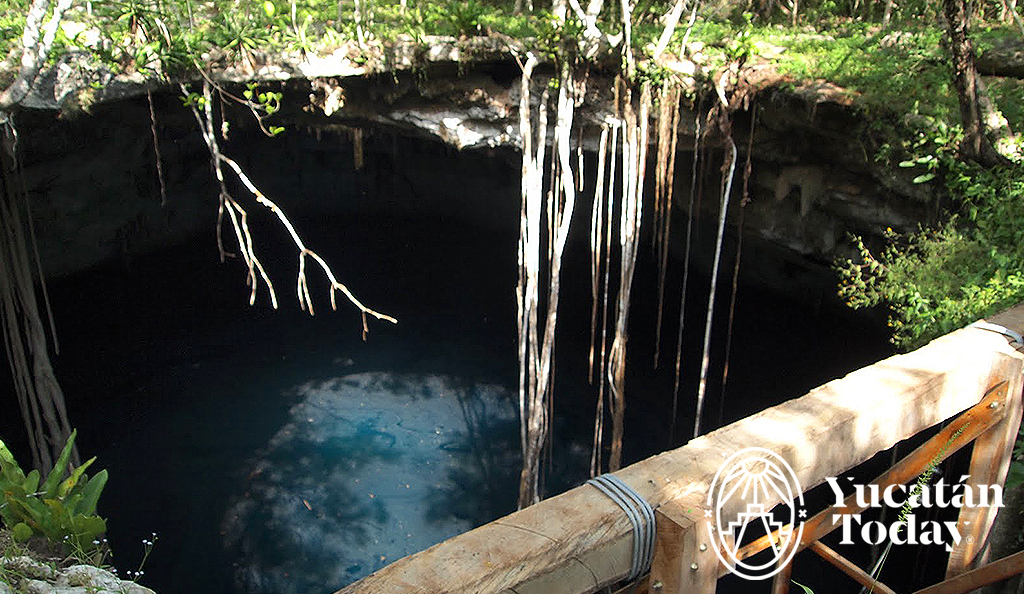
Cenote Peba
Cenote Peba, a new cenote excursion, is one of the two cenotes that are visited on the Snorkel in Cenotes excursion. Mayan Ecotours is a relatively...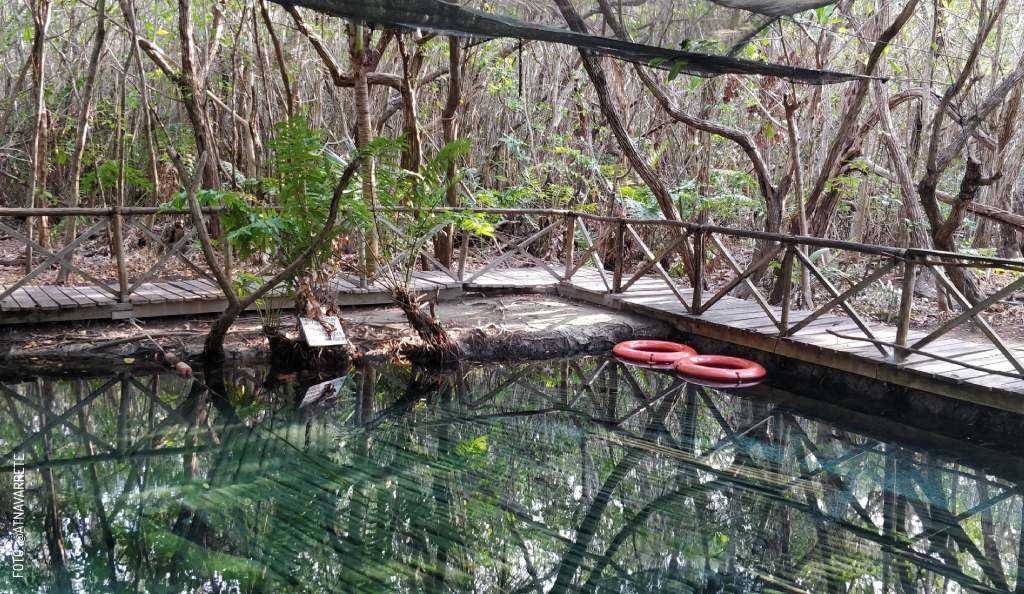
Cenotes with children: adventure and safety
Discover how to safely enjoy cenotes with children in Yucatan. From footwear to hydration, this guide ensures a fun and secure adventure.